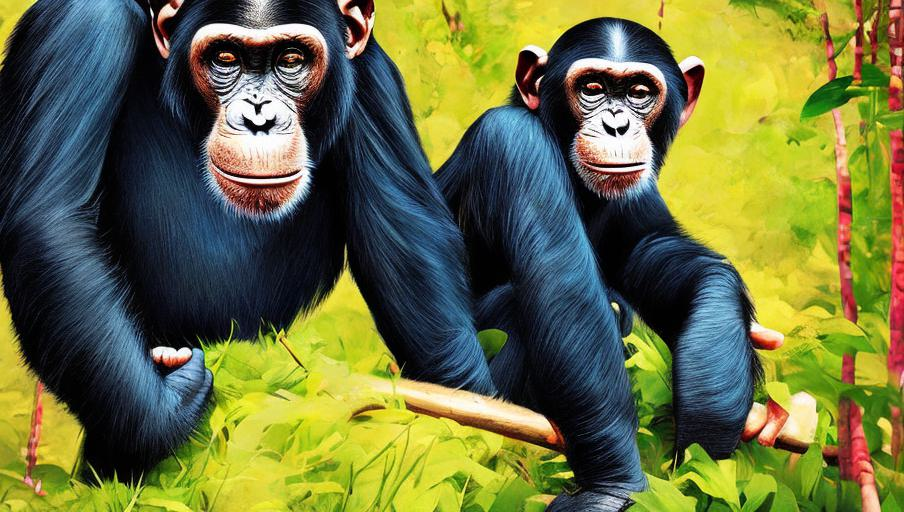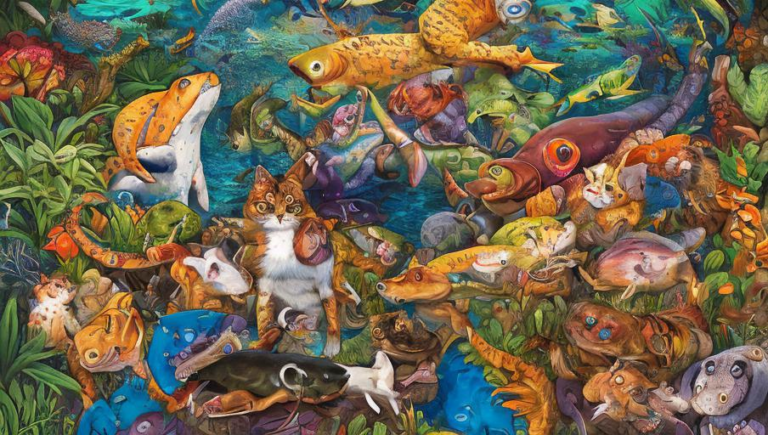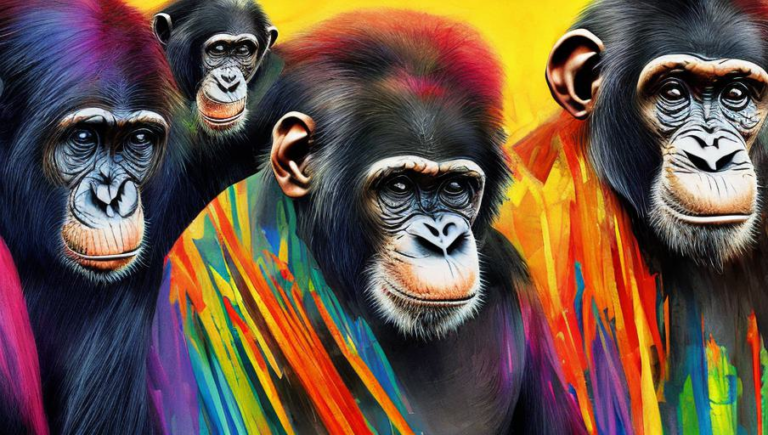A Primer on Chimpanzee Conservation

Chimpanzees: An Endangered Species
Chimpanzees (Pan troglodytes) are one of the most endangered species of primates in the world. With their population declining rapidly due to habitat destruction, poaching, and other human activities, they are considered a critically endangered species by the International Union for Conservation of Nature (IUCN).
Chimpanzees are found in 21 African countries, however, their populations have drastically decreased in recent years. They are found mainly in Central and West Africa, and their habitats are primarily tropical rainforests and savannahs. They are also found in some secondary forests, gallery forests, and scattered woodlands.
Threats to Chimpanzees
The main threat to chimpanzees is habitat destruction, which is caused by deforestation for timber, fuel, and agricultural production. This is especially true in Central and West Africa, where deforestation is rampant. Other threats to chimpanzees include poaching, illegal wildlife trade, and diseases.
Chimpanzees are also threatened by climate change, which leads to droughts, floods, and other extreme weather conditions that disrupt their habitats. In some cases, climate change has led to the destruction of their food sources, leading to malnutrition and starvation. Additionally, the bushmeat trade has resulted in the killing of chimpanzees for their meat.
Conservation Efforts
In order to protect chimpanzees and their habitats, there are a variety of conservation efforts being undertaken. One of the most important is the creation of protected areas and national parks, which provide safe havens for chimpanzees and other wildlife. Additionally, there are laws and regulations that protect chimpanzees from poaching and the illegal wildlife trade.
There are also organizations, such as the Jane Goodall Institute and the Chimpanzee Conservation Center, that are dedicated to protecting chimpanzees and their habitats. These organizations are working to raise awareness of the plight of chimpanzees, and they are involved in a variety of conservation efforts, such as habitat restoration and reforestation, research, and community outreach.
Finally, international organizations, such as the United Nations and the International Union for Conservation of Nature, are working to protect chimpanzees and their habitats through the creation of conservation plans and international agreements.
Conclusion
Chimpanzees are an endangered species, and their population is declining rapidly due to habitat destruction, poaching, and other human activities. Conservation efforts, such as the creation of protected areas, laws and regulations, and the involvement of organizations dedicated to protecting chimpanzees, are essential for their survival. International organizations are also working to protect chimpanzees and their habitats through the creation of conservation plans and international agreements. By working together, we can help ensure the survival of chimpanzees and their habitats.





